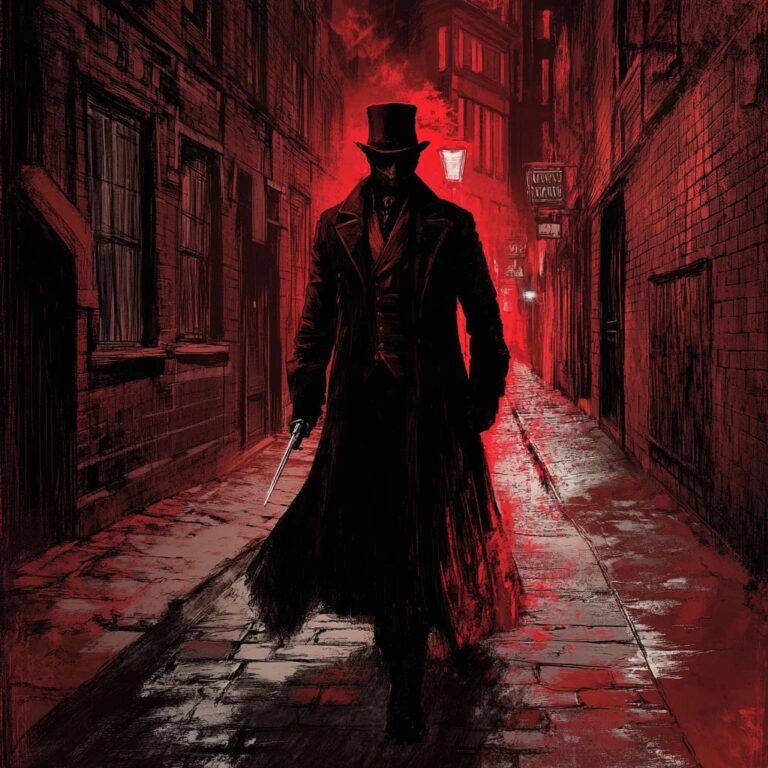Jack the Ripper's identity remains unknown, making him one of history's most infamous and mysterious killers.
He is believed to have killed at least five women, all of whom were prostitutes, in the Whitechapel area of London.
The canonical five victims are Mary Ann Nichols, Annie Chapman, Elizabeth Stride, Catherine Eddowes, and Mary Jane Kelly.
Jack the Ripper's nickname originated from a letter sent to the police, purportedly by the killer, though its authenticity is debated.
The murders were characterized by their brutality, with the victims' throats slashed and bodies mutilated.
Several letters were sent to the police and newspapers claiming to be from the Ripper, including the 'Dear Boss' letter and the 'From Hell' letter.
The 'From Hell' letter was accompanied by a preserved human kidney, which the author claimed belonged to one of the victims.
The case led to significant improvements in police investigative methods, including the introduction of crime scene preservation and forensic techniques.
Over 100 suspects have been proposed over the years, including notable figures like Lewis Carroll, Prince Albert Victor, and H.H. Holmes.
Theories about the Ripper's identity range from a local butcher or doctor to a member of the royal family.
The murders occurred during a period of social and economic upheaval in London, highlighting the stark contrast between the wealthy and the impoverished.
Jack the Ripper has become a fixture in popular culture, inspiring numerous books, films, and television shows.
The Ripper's gruesome crimes led to widespread media coverage, with newspapers sensationalizing the events to sell more copies.
Some researchers believe that the Ripper may have had anatomical knowledge, suggesting he could have been a surgeon or medical student.
Despite numerous investigations and modern forensic techniques, the true identity of Jack the Ripper remains one of the greatest unsolved mysteries in criminal history.
How useful was this post?
Click on a star to rate it!



